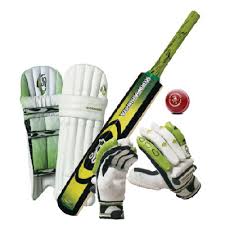
Organized cricket lends itself to statistics to a greater degree than many other sports. Each play is discrete and has a relatively small number of possible outcomes. At the professional level, statistics for Test cricket, one-day internationals, and first-class cricket are recorded separately. However, since Test matches are a form of first-class cricket, a player's first-class statistics will include his Test match statistics—but not vice versa.
The Guide to Cricketers was a cricket annual edited by Fred Lillywhite between 1849 and his death in 1866.
Wisden Cricketers' Almanack was founded in 1864 by the English cricketer John Wisden (1826–1884) as a competitor to
The Guide to Cricketers. Its annual publication has continued uninterrupted to the present day, making it the longest running sports annual in history.
Certain traditional statistics are familiar to most cricket fans. The basic batting statistics include:

- Innings (I): The number of innings in which the batsman actually batted.
- Not outs (NO): The number of times the batsman was not out at the conclusion of an innings they batted in.1
- Runs (R): The number of runs scored.
- Highest Score (HS/Best): The highest score ever made by the batsman.
- Batting Average (Ave): The total number of runs divided by the total number of innings in which the batsman was out. Ave = Runs/[I - NO] (also Avge or Avg.)
- Centuries (100): The number of innings in which the batsman scored one hundred runs or more.
- Half-centuries (50): The number of innings in which the batsman scored fifty to ninety-nine runs (centuries do not count as half-centuries as well).
No comments:
Post a Comment